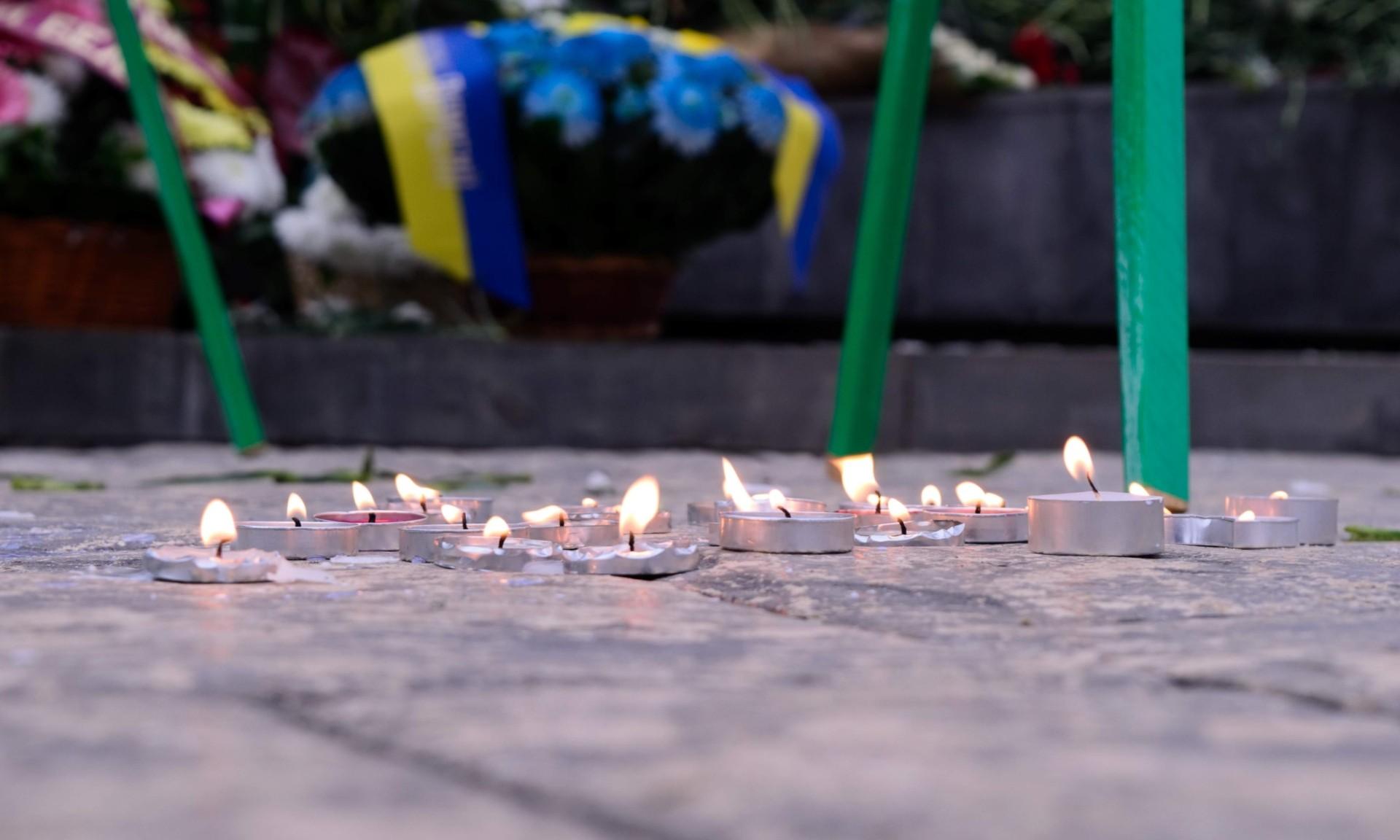
30 Years After the Spitak Earthquake: Impatient Gyumri Residents Want the New Armenian Government to Finally Address the Issue of Urban Renewal
By Martina Kardashian-Sieger
In the early afternoon hours of December 7, sixth graders of Public School #41 stood outside the Holy Savior Church in Gyumri to light candles and recite prayers.
The children gathered in front of the statue commemorating the 1988 Spitak earthquake, while their classmate played the duduk, an ancient woodwind instrument indigenous to Armenia.
For the past three decades residents of Armenia’s second largest city have congregated at this very spot in Vardanants Square to commemorate the anniversary of the tragic earthquake that left the city in ruins. The Spitak Earthquake devastated Armenia’s northern Shirak region, killing anywhere between 25,000 to 50,000, and injuring over a hundred thousand more. December 7th has been declared a day of national mourning across the entire country.
“The kids may not have been alive during the earthquake, but their parents are a part of my generation — those born in the late seventies. They saw what happened and they remember,” says Emiliya Davytyan, the teacher responsible for organizing the student-led commemoration.
“On December 7 each year, we wake up as if we were reliving the day once more. We try to help the kids understand,” she explains.
Earlier that morning, Faynya Akobyan visited the city cemetery and laid flowers on the grave of her younger brother. Faynya was 50 years-old when the earthquake hit. Her four children all survived.
 “In a few seconds, everything was destroyed,” Faynya recalls.
“In a few seconds, everything was destroyed,” Faynya recalls.
“I was stuck on the fifth floor of my building. A rescue team pulled me down with a rope tied around my arms,” she explains.
Her brother’s body was recovered two days after the earthquake; he was one among the many trapped in the immense rubble that overwhelmed the city.
“He had two girls and one boy. They’re all married and have their own children now. They still live in Gyumri, but they still don’t have a house. They live in the domiks — temporary housing, but it’s cold there. They are still waiting to receive an apartment,” explains Faynya.
Faynya’s story is not unheard of for city residents. Gyumri is part of Shirak Province, one of the least developed regions in Armenia. Half of Shirak’s population live below the poverty line. Thousands lost their homes in the earthquake and continue to suffer from inadequate housing conditions.
A migration crisis?
“We had such a nice city,” recalls Faynya. “There are no more jobs because the factories are gone. All the infrastructure was destroyed during the earthquake and any machinery that still existed was sold. Everyone is leaving for Russia now,” she explains.
According to a report published by the Kololian Foundation, Gyumri has experienced the highest level of depopulation of any city in Armenia. This is mainly due to the absolute devastation the city experienced following the earthquake and the government’s subsequent inability to restore the region.
“They need to fix the city. We shouldn’t have to walk past these decimated buildings and be reminded of what happened,” says another resident, Leana Seropyan.
Even in Vardanants Square, torn-down buildings evoke haunting reminders of what happened that day in 1988. The doors of the iconic 19th century Holy Savior Church only reopened in 2015 — 27 years after the catastrophe.
Any development initiatives that have taken place are largely in thanks to the civil society sector. NGOs and foundations such as the KASA Foundation, Shirak Centre, and Friends of Gyumri Foundation, have supported housing and community programs throughout the city. Similarly, the Gyumri Hope Project (GHP), a non-profit urban planning foundation, has been fundamental in advising the government on the 2017 Kumayri development plan — the restoration of some of Gyumri’s historical buildings in the city center.
According to GHP, in 2016, the Gyumri Municipality also received a 22-million Euro loan from the European Bank for Reconstruction and Development (EBRD), to fund the renewal of major streets and public lighting. However, the status of these projects remains unknown. Particularly, in the outskirts, the city’s infrastructure and capacity is hardly reflective of what one might expect for Armenia’s second largest city.
Restored hope through a new government?
December 9th’s parliamentary elections have provided a new scope on the issue. In August of this year, Prime Minister Nikol Pashinyan announced plans to implement transitional justice in Armenia to hold former elected officials accountable for crimes related to corruption. Many are hopeful that these judicial mechanisms could provide asset recovery and that a new parliament will allocate more funds to restore the city.
“The former government stole everything from Armenia — they robbed everything from the people. They need to return that money and repair this city so that people can smile again,” says Faynya.
“After the earthquake, no one in Gyumri smiled or laughed for years. One composer visited Gyumri three years after the earthquake for a fundraiser. There was a huge concert. I will never forget it. This was the first time people were singing and dancing since the earthquake,” she explains.
Gyumri native and newly elected Governor of Armavir Province, Hambardzum Matevosyan, says that while the region has seen infrastructural improvements, it’s not at the capacity they wanted.
“After 30 years, we still see the footprints of the disaster across the city,” says Matevosyan.
“We need to do our best to develop, so that several years from now we’ll see a new city standing on its feet,” he adds.
“People came from all around the world to rescue us. They helped us immensely. Now, it’s Armenia that must help us,” says Faynya.
“We received help from every country — assistance from the U.K., France, and the U.S.,” says Ashot Grigoryan, who was a construction worker at the time of the earthquake.
“But Armenia has not done enough. They said after the earthquake they would fix all the problems. It’s been 30 years and we still see the consequences,” adds Ashot’s friend and fellow construction worker Gagik Khelkatyan.
For Armenians, the 1988 earthquake represents one of the nation’s most inexplicable tragedies — second only to the 1915 Genocide. December 7 will remain a day to be mourned and commemorated for generations to come. Yet, Armenia’s failure to bring aid to the people of Gyumri is perhaps a tragedy in itself.
 Videos
Videos Photos
Photos




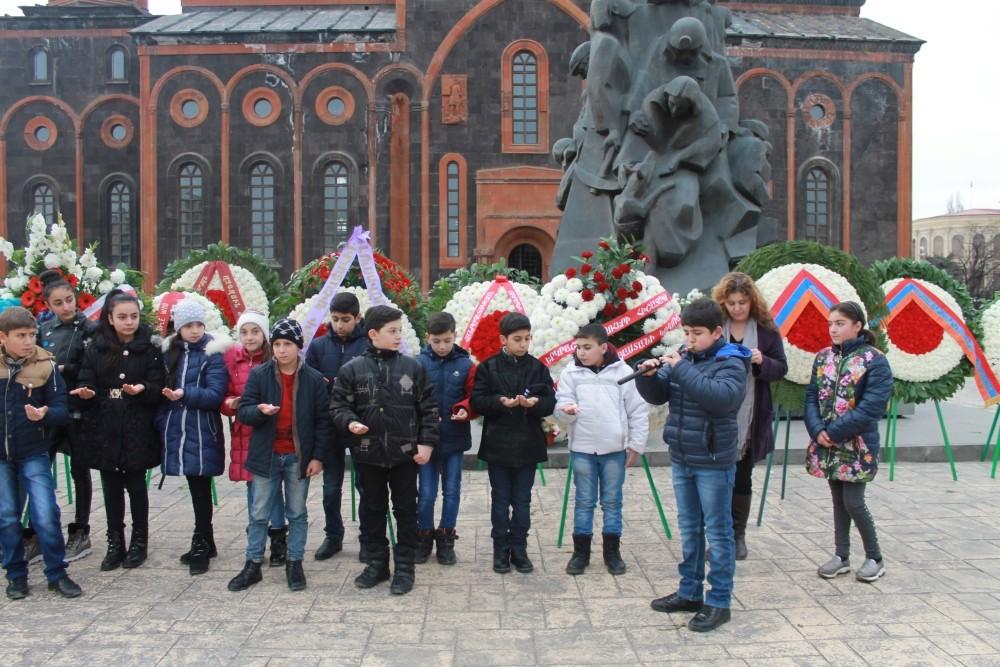

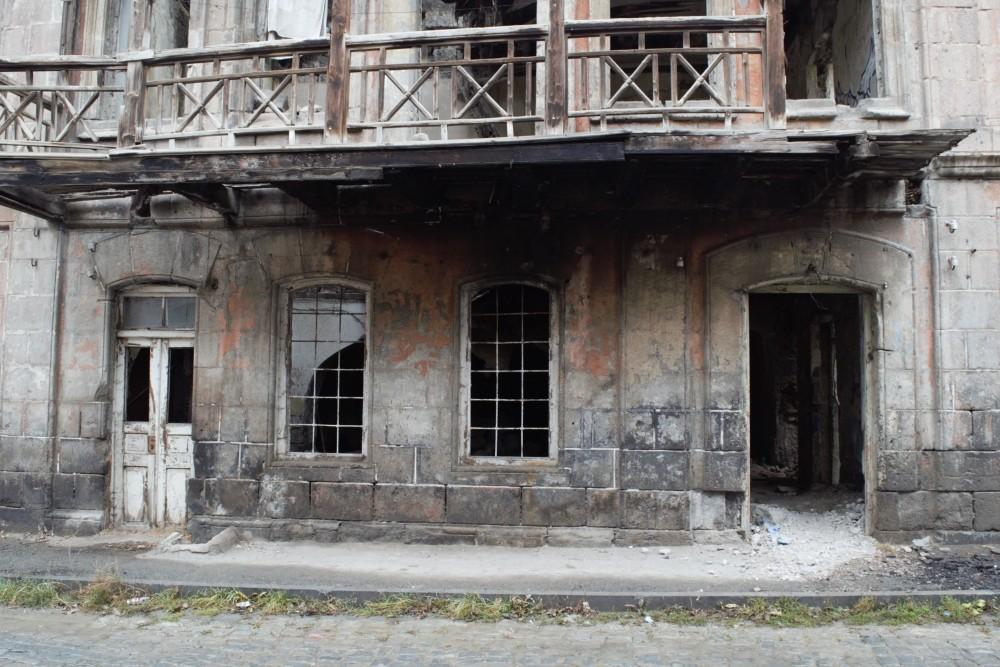
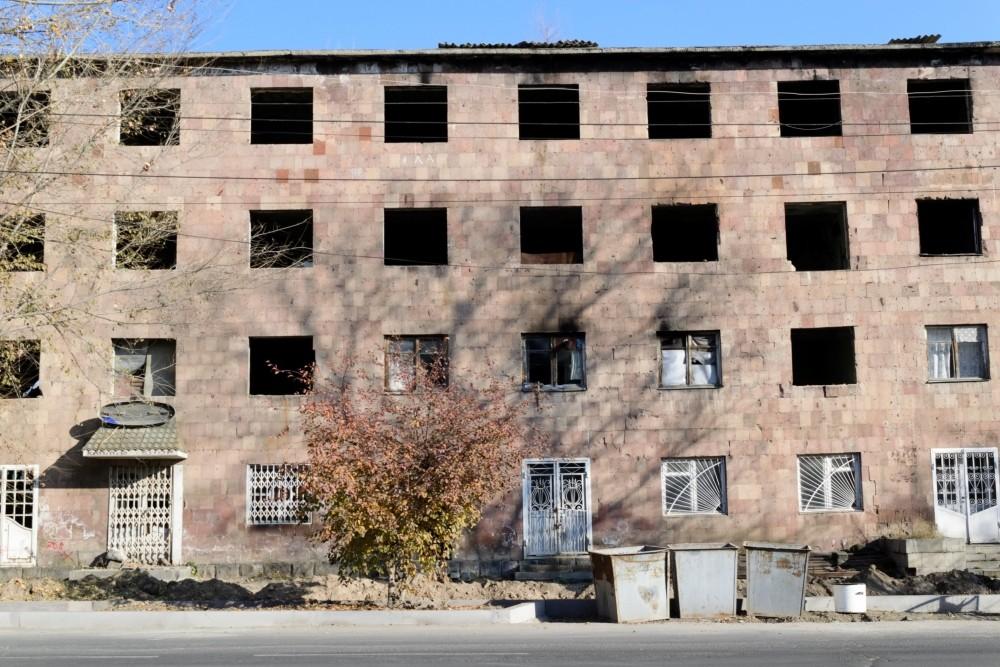
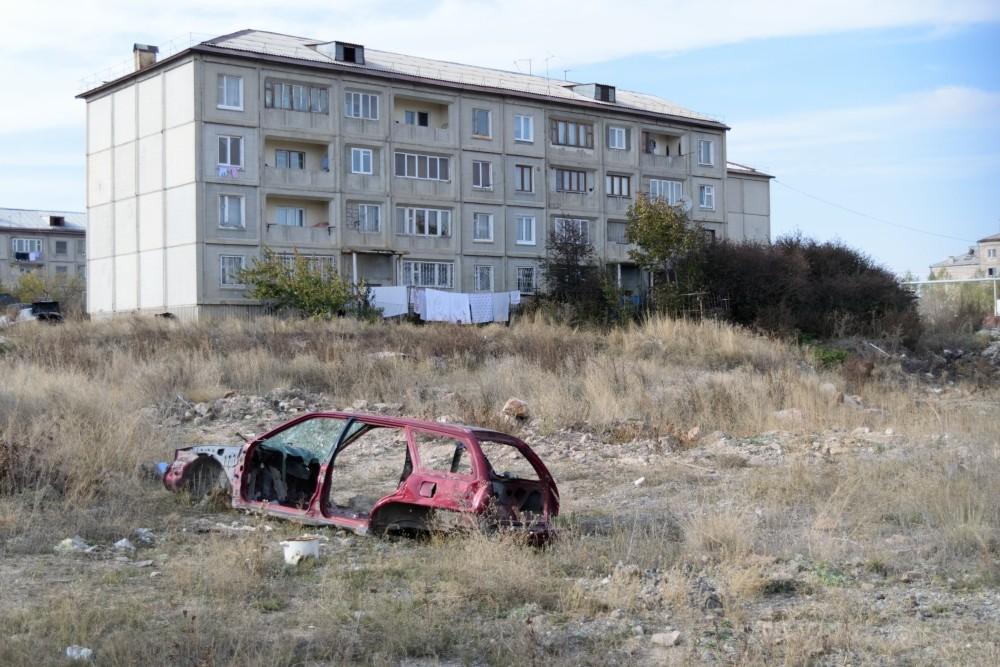
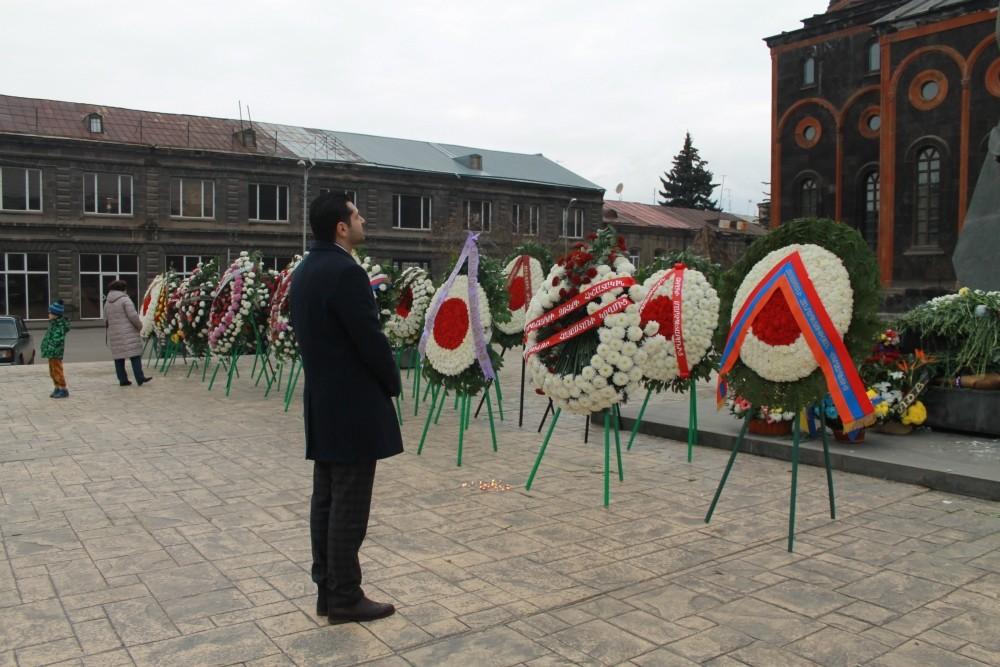
Write a comment